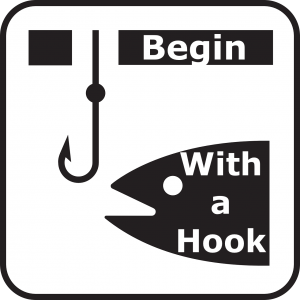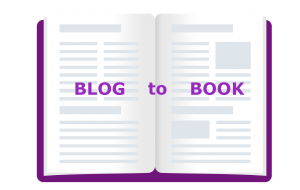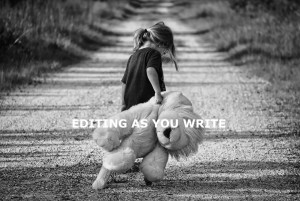Well-written, honest endorsements are a win-win for the book’s author and the endorser.
Win-Win
The Author:
Readers like endorsements because they feel more confident about buying a book when other industry people recommend it, especially those whose work they respect.
Endorsements can increase book sales.
The Endorser:
Even if endorsers are unknown, readers associate them with having expertise in the book’s field or genre and may investigate their books.
Everything displaying the endorsement advertises the endorser’s work.
Where Endorsements Are Used
- Marketing materials – bookmarks, flyers, press releases
- Book’s back cover/first pages
- Book’s page on author and publisher websites
- Emailed book announcements
Writing the Endorsement
- Study endorsements on other books. Note the:
- length
- structure
- type of words used
- Endorsement length
- One to two sentences
- 50 – 200 words
℘ “Beth Vogt hits a home run with her debut novel, Wish You Were Here. Quirky, snappy, and sweet, it’s a story of finding true love that will leave you sighing and smiling.” — Rachel Hauck, bestselling and award-winning author of The Wedding Dress
3. Endorsement content
- Open with a hook – a sentence or a fragment.
- ℘ For A Voice in the Wind by Francine Rivers:
“A classic! Francine Rivers has proven that she is one of the great writers of the 20th century.” BARBARA KEENAN, publisher, Affaire de Coeur magazine
- Use colorful, powerful words describing the book’s essence.
- Include something that provokes curiosity.
- End with a stamp of approval.
℘ For Calculated Risk by Zoe M. McCarthy:
“Dating on the rebound, meddling parents, opposites fighting the attraction . . . with humor and tenderness, Zoe M. McCarthy puts fun, fresh spins on these favorite themes. No risk involved in picking up this romantic read!”—Becky Melby, author of the Lost Sanctuary Series
- Option: Personalize Endorsement
- Include elements that resonated with you.
- List your reactions; choose the most persuading few.
- Promote the book in relation to your work.
℘ For Self-Editing for Fiction Writers by Renni Browne and Dave King:
“Even after having 31 books published … I was able to learn something new about dialogue mechanics from Browne and King. For any author yet to be published, Self-Editing for Fiction Writers is priceless.” – Ovid Demaris, author of The Last Mafioso
- Information About You
- Name and title exactly as you want it to appear
℘ Author Zoe M. McCarthy
- Current book or series titles – maybe two, but remember you’re spotlighting the author’s book, not yours.
- Awards, affiliations, offices held
℘ For The Road to Testament by Eva Marie Everson:
“An emotionally evocative novel so well written that we see, touch, taste, and hear the story.” —Gina Holmes, award-winning author of Crossing Oceans and Wings of Glass
Interaction with Author
- Up front, ask the author about length or possible focus.
- After completing your endorsement, send it to the author to preview.
℘ Another author and I share the same name. Including my middle initial is important to me. But sometimes it’s left out, even when I provide the content.
How to write a book endorsement that helps an author and you. Click to tweet.
As a reader, what element in a book endorsement helps you?















 RSS - Posts
RSS - Posts